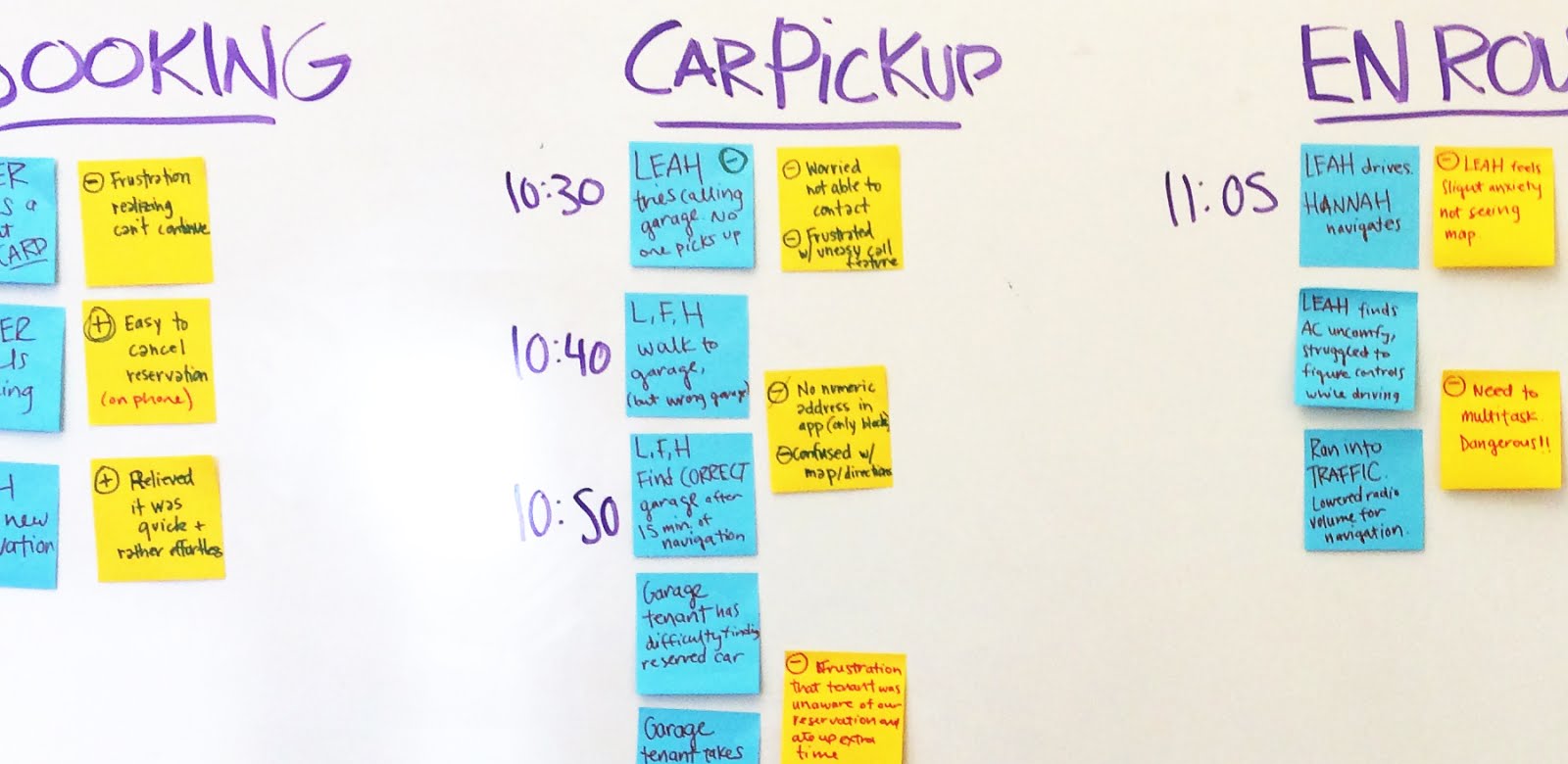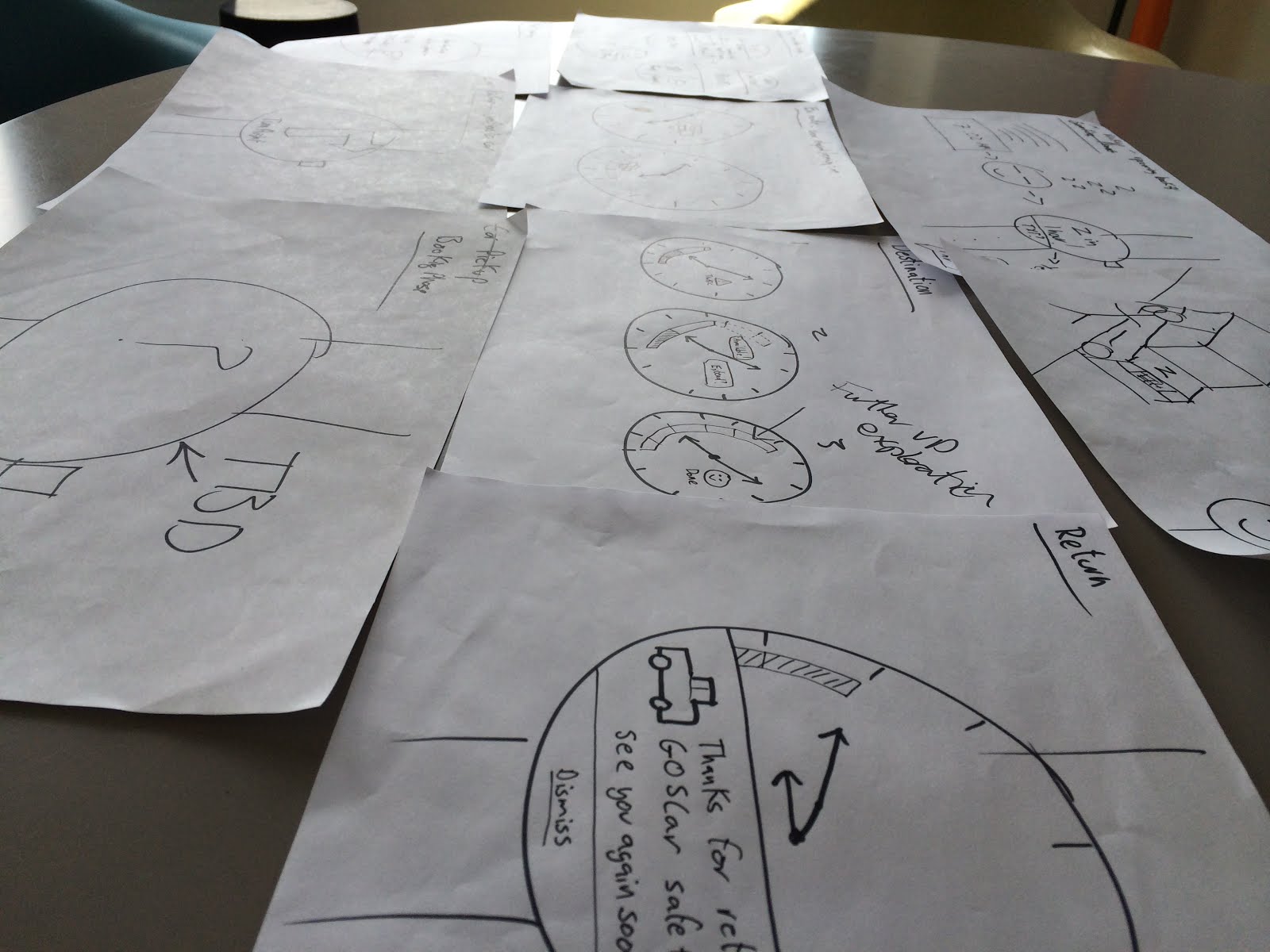Feeling enthusiastic after our initial foray into the world of wearables with Google Wear, our attention turned to the horizon to see what lies in store for this exciting new piece of digital real estate.
The wearables market, despite its infancy, has become saturated with a wide range of aesthetics and technologies, each seemingly geared towards satisfying the needs of early adopters.
The spotlight has fallen recently on the new breed of smartwatches which present an evolution of the slew of devices that simply collect data about your activity, and now look to surface this information and much more via a screen on the wrist.
We don’t expect smartwatches to be a flash in the pan – to ustwo, smartwatches signal the coming of age of the wearable device category. That said, there is way to go before this category matures and attains significant market penetration.
The key to adoption of smartwatches lies not just in how it looks or how it feels, though these are huge factors. We believe utility is the cornerstone of the wearable experience.
For us, that means surfacing useful, relevant content when the user needs it, with a clear response and feedback mechanism that is ‘glanceable’. This guiding principle was the foundation of our pioneering work on Google Wear. 
There’s a bit of behavioral economics behind this approach. People are used to, and even reliant on, their smartphones in their day-to-day lives. In order to create a behavioral shift, the smartwatch that sticks must deliver a new level of convenience, leading to user reliance.
If a watch can provide real time contextual information, clearly and succinctly, the technology will arguably at times be more useful than the smartphone.
What we’ve done
Eager to explore what future experiences smartwatches could facilitate, we decided to invest some time scanning the horizon for opportunities during one of our Invent Time initiatives to create a concept for a future-looking smartwatch experience.
When we began to look for ideas, one theme kept cropping up – mobility. Mobility plays a big part in determining quality of life in urban environments, as most city-dwellers will know.
When considering companies that have revolutionised mobility recent years, Zipcar was one of the first on the scene, and widely recognised as a catalyst of the sharing economy, and our favourite candidate for our smartchwatch concept.
We started with a hypothesis:
Smartwatches can enhance the customer experience for Zipcar members
We agreed to a two-week timeline and set off to define an end-to-end experience. We started with preliminary research into car sharing, car technology and the current capabilities of smartwatches and wearables. We also had a play around with the plethora of wearable tech that’s out there right now, to get a feel for the technology and what it can do for those who wear it. 
We went on to interview Zipcar users in the studio, to better understand their behaviors when using the service; everything from pre-planning, booking, managing their profile, to actually being on the road. Even amongst a small user set, we started to recognize consistent pain points and problems.
We decided there was no better way to better understand these pain points ourselves than by booking our own Zipcar for a journey to Ikea in Red Hook, Brooklyn.
Squeezed into a hatchback, our team made the 14 mile trip while fully documenting our own thoughts and feelings of the experience with Zipcar. We mapped out the end-to-end journey together, and placed a particular focus on the pain points highlighted by the customers we had interviewed, as well as the things that we thought already worked well.
We identified a series of events and situations that smartwatches could facilitate. Armed with this knowledge we employed the design studio method of rapid concepting to help us create ideas that we could quickly refine and prototype.
We made sure our ideas aligned with three main considerations, as to avoid creating a redundant or gimmicky smartwatch experience. These were:
- Does the app provide a useful service in specific situations where taking out a phone is impractical?
- Does the device show users something important that they’d miss if they didn’t take out their phones in time?
- Does the watch app save significant time without sacrificing significant functionality?
Eventually, we created an end-to-end smartwatch experience for Zipcar we think satisfies that brief, and tied it all together with an interactive storyboard using Timeline.js – a really useful framework for bringing concepts to life.
You can take a look at our vision for how smartwatches can augment the Zipcar experience here:
Embedded content: http://cdn.knightlab.com/libs/timeline/latest/embed/index.html?source=0AgEOtxQl1QdOdFZqSVViVzIwZDk0OUdCNVkyckh5RXc&
For companies with existing products and services, the world of wearables represents an opportunity to extend and augment the customer experience, making it even more useful, personal and, ultimately, profitable.
About the authors
This concept was conceived and developed over a period of 10 days by Hannah Nicdao, Leah Shea and David Fisher of the New York Design team. Our objectives during this project were to explore the use of aspects of Lean UX methodology for rapid concept development, using new design tools (Sketch) and new ways to illustrate narratives (Timeline.js). We did this under our Invent Time initiative – ustwo’s innovation program where we allocate a percentage of our time and resources to explore how we can tackle real world problems, try new ways of working, explore new tools and techniques and ultimately make a difference.
